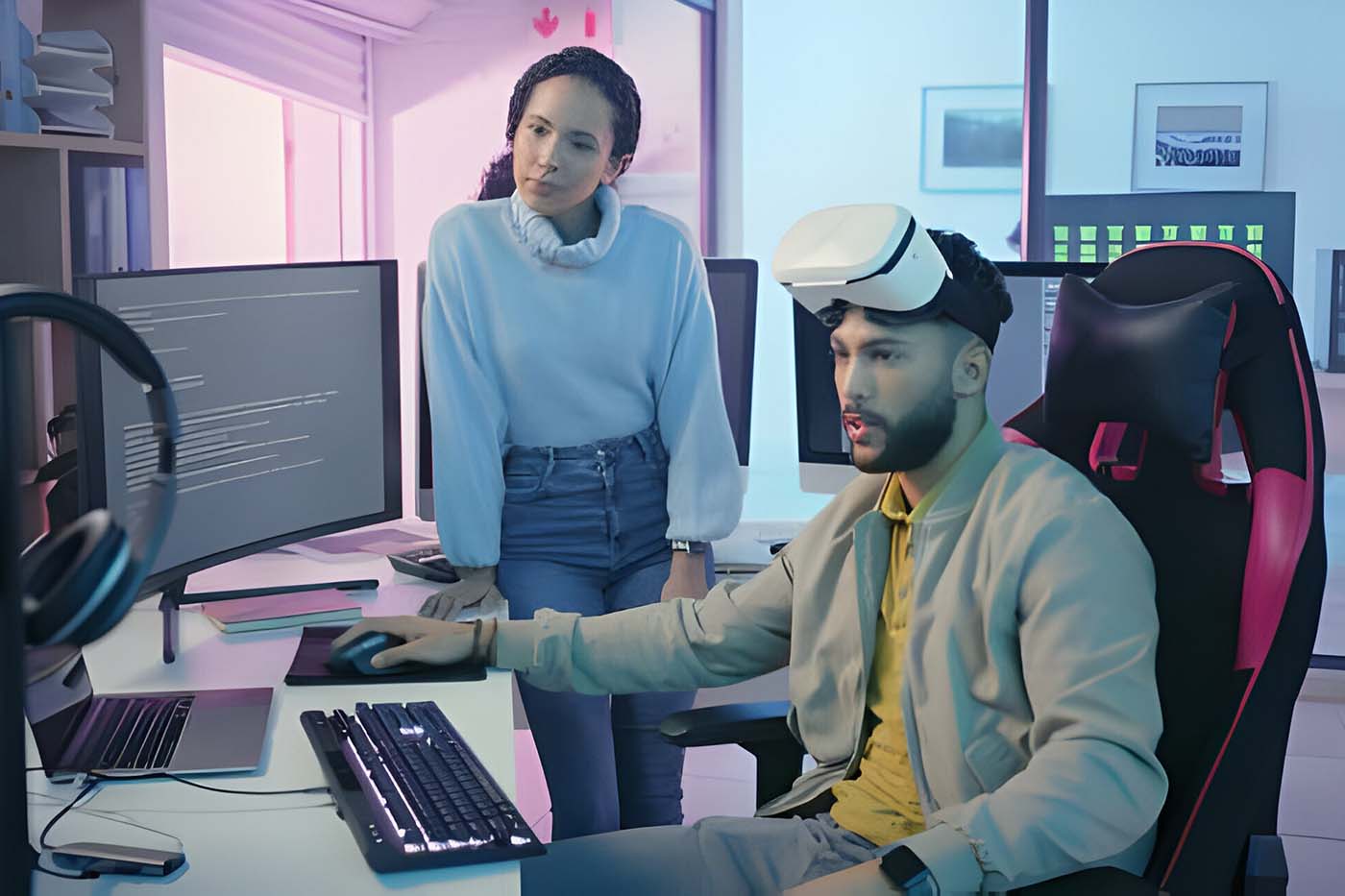Art direction is central to all manner of creative industries. Art directors are one of the most prized professionals at work in the theatre industry. In film and television, effective art direction is crucial to creating a convincing story. It’s also a key aspect of video game design.
Although there’s some crossover with other mediums, art direction in video games requires an even broader skill set. Art direction still needs to bring a sense of identity to a piece of work and enrich the storytelling of a game. More importantly, it’s key to creating a compelling experience for the player.

Video Game Visuals Tell a Story
Whether it’s a blockbuster movie, streaming series or theatre production, art direction is called upon as a key storytelling tool. In every medium, art direction helps inform the narrative, removing the need for a running commentary or excessive exposition. In video games, art direction is used in much the same way, although it often needs to go further.
As video games call for constant interactivity and engagement, the immersion factor needs to be considered. A game that fails to capture the imaginations and attention spans of players is unlikely to do well. Great art direction can turn a lacklustre game into an immersive experience that surpasses the most pulse-pounding action thriller or fantasy epic.
Art Direction Gives Games a Competitive Advantage
The video game market is big business, worth an estimated $242 billion in 2023. However, it’s a relatively small pool of publishers and developers raking in the profits. The video game sector is incredibly competitive, with thousands of games released across all platforms every year. In a saturated market, many of these slip through the cracks and their developers rarely get a second crack at the whip. An evocative approach to art direction can give games a fighting chance at getting noticed and can give a franchise a singular visual identity.
It’s not just console and PC games that benefit from art direction. The gaming libraries of online casino platforms are packed with visually arresting titles, each vying for the attention of players. While online slot machines can’t quite match the level of immersion of an open-world RPG, they still need to stand out to convince users to place a wager. If players fail to engage with an online slot or virtual take on poker, the prospects are bleak for the iGaming software providers who created them.
Some developers turn to licensing agreements to bring the appeal of major motion pictures or popular television characters to the online casino sphere. For wholly original games, art direction is more of a challenge. Aesthetics not only need to engage users, they need to encourage them to keep playing. There are also marketing implications to consider. A virtual slot or online poker game will be lucky to receive any coverage via conventional channels. Most of the time, any promotion takes place exclusively online. As such, captivating visuals and a unique aesthetic are central to securing the attention and investment of players.

Key To Creating Immersive Worlds
We’ve come a long way from the days of pixelated arcade games and 2D platformers. Today, open-world games allow players to explore sprawling open worlds and interact with vast populations of non-playable characters. However, some open-world games are better than others. Creating a consistent aesthetic helps anchor the visual style of a video game. While there’s some scope for deviation, consistency tends to make for a more engaging, immersive gameplay experience.
It Guides Players on Their Journey
Some games are more challenging than others. Art direction can help with the learning curve, giving players a subtle nudge in the right direction. However, it’s a delicate balance. An overbearing use of visual prompts can be jarring and diminish gameplay. An effective art director knows how to pepper a game with the clues they need, while still making gameplay feel intuitive.
The Secret Ingredient for Success
Whether it’s a hotly-anticipated sequel in a blockbusting franchise or an app-based game from a grassroots developer, art direction is crucial to success. Without it, it can be hard for games to establish a sense of identity, making them difficult to market. Uninspired art direction also impacts player engagement. It’s essential for immersion and without it, even the most innovative gameplay mechanics will struggle to shine.








